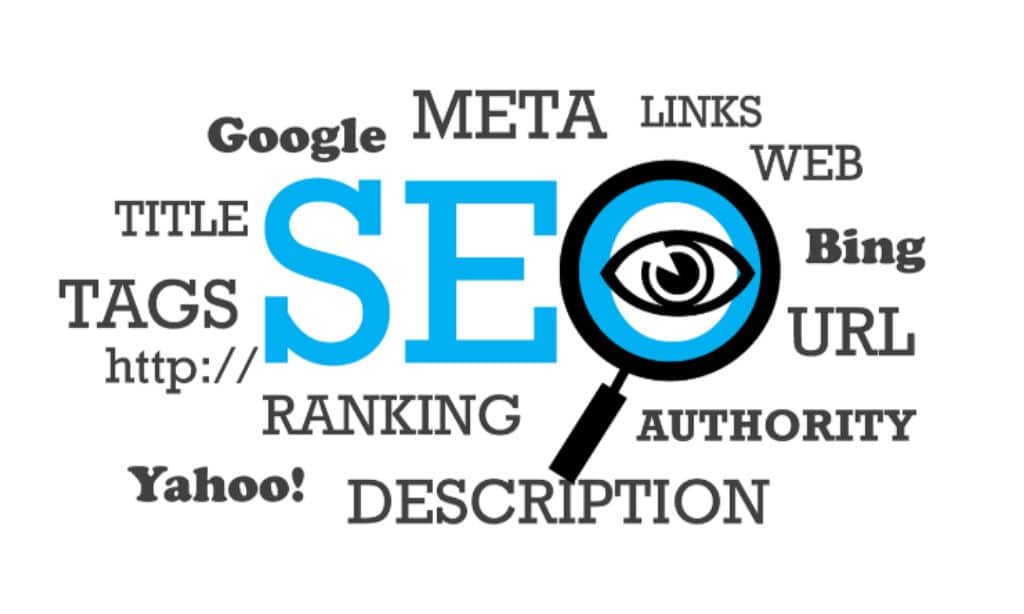Tracking the right SEO metrics is essential for evaluating the effectiveness of your strategy. However, not all metrics are equally important—some are often misunderstood or overemphasized. Based on industry research and practical experience, this article highlights the SEO metrics that truly matter and common pitfalls to avoid.
Organic Traffic: Focus on Quality, Not Just Quantity
Organic traffic, or visitors arriving via non-paid search results, is a fundamental SEO metric. However, the volume alone is not enough—traffic quality is crucial. For instance, if a high-traffic page has a bounce rate of 80%, it likely fails to match user intent. To refine your SEO efforts, use Google Analytics to segment traffic sources and analyze high-value pages. Identifying common traits of these pages can help improve content relevance and enhance user experience, maximizing the impact of organic traffic.
Conversion Rate: The Direct Link to Business Value
Organic traffic conversion rate measures actions like sign-ups and purchases, directly impacting ROI. If a keyword drives high traffic but results in zero conversions, it may not align with your business. To accurately track conversions, distinguish different pages’ conversion paths and use tools like Google Tag Manager for precise attribution. Ensuring every visitor has a chance to convert into revenue is the ultimate goal of SEO.
Search Visibility: Measuring Brand Exposure
Search visibility is a core SEO metric that measures how frequently a website appears in search results for target keywords, essentially reflecting how well the page aligns with user intent. By using Google Search Console’s Performance Report, you can track the dynamic relationship between key metrics like click-through rate (CTR), impressions, and average ranking.
In local SEO practices, it’s important to focus on the long-tail penetration of geographically modified terms. For example, a 墨尔本SEO company working with a restaurant client would use semantic analysis tools (like LSIGraph) to identify search phrases such as “best specialty coffee Melbourne” or “CBD breakfast venue near me,” then optimize the client’s Google My Business (GMB) listing for NAP (Name, Address, Phone Number) consistency. According to Moz’s local search study, after implementing local structured data, mobile CTR can improve by 22%-35%.
Such strategies directly increase the chances of appearing in the Local Pack, creating a positive feedback loop of impressions → CTR → conversions, rather than relying solely on keyword rankings.
Core Web Vitals: The Heart of User Experience
Google ranks websites based on user experience signals, including:
- Largest Contentful Paint (LCP) – measures loading speed.
- First Input Delay (FID) – gauges interactivity.
- Cumulative Layout Shift (CLS) – assesses visual stability.
Studies indicate that every extra second in load time reduces mobile conversions by 20% (Google Core Web Vitals Guide). Regularly using PageSpeed Insights to optimize high-traffic pages ensures optimal performance and improved rankings.
Backlinks & Referring Domains: Quality Over Quantity
High-quality backlinks remain a strong authority signal. However, low-quality links can trigger penalties. Tools like Ahrefs help monitor referring domain growth—especially those from authoritative sources (.edu or .gov domains). Prioritizing quality over quantity is key to building a strong backlink profile that enhances domain authority.
Keyword Rankings: Evaluate in a Business Context
While keyword rankings are a classic SEO metric, their value depends on conversion potential. A B2B company ranking first for a keyword with only 50 searches per month but generating 30% of leads demonstrates that relevance trumps search volume. Using tools like SEMrush or Rank Tracker to monitor rankings and adjust SEO strategies based on business objectives ensures meaningful results.
Overrated Metrics: Avoiding Data Traps
- Domain Authority (DA/DR): These third-party authority scores do not directly influence Google rankings. Relying too much on them can misguide SEO efforts.
- Indexed Pages: A high index count does not guarantee traffic. Instead, focus on high-value, non-indexed pages that have the potential to drive traffic.
- Crawl Frequency: Crawl rates depend on server capacity and update frequency. Chasing higher crawl rates can strain servers and waste crawl budget without real SEO benefits.
Conclusion
Effective SEO metric tracking should align with business goals. For local businesses, prioritizing local search visibility and Core Web Vitals is essential, while e-commerce platforms should focus on conversion rates and user engagement. Leveraging tools like Google Search Console and refining content strategies helps turn data into actionable insights, ensuring long-term SEO success and increased search engine visibility.











































